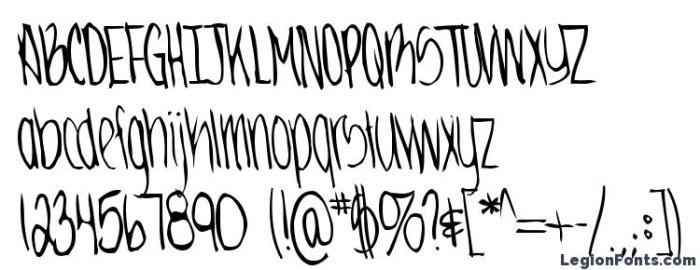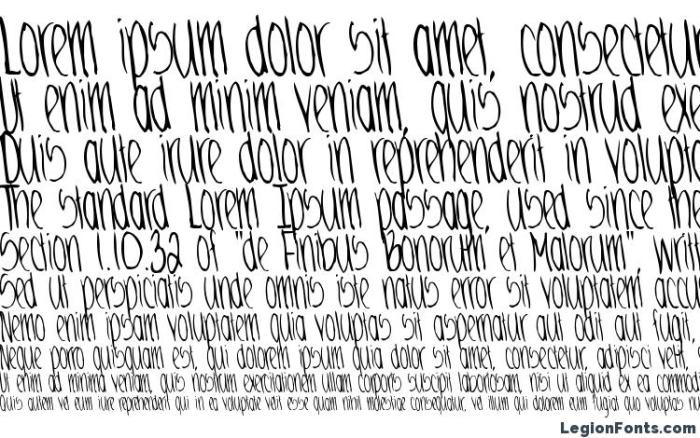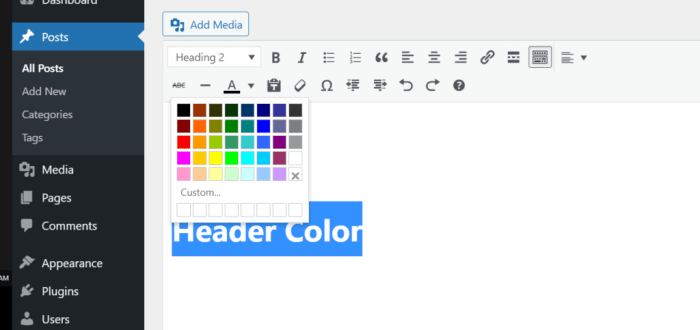Jenna change the font color of a header – Jenna, change the font color of a header! Embark on a comprehensive exploration of the intricacies of header font color customization, a crucial aspect of web design that can profoundly impact the visual appeal and user experience of your website.
This discourse will delve into the technical aspects, accessibility considerations, design principles, and cross-browser compatibility, empowering you with the knowledge and techniques to elevate your header designs to new heights.
From the fundamental HTML code structure to the nuanced art of color selection and accessibility, we will uncover the secrets of creating headers that not only convey information but also captivate the attention of your audience. By the end of this journey, you will possess the expertise to make informed decisions about header font colors, ensuring they seamlessly align with your website’s overall aesthetic and accessibility goals.
HTML Code Structure for Font Color Changes: Jenna Change The Font Color Of A Header

Modifying the font color of a header element in HTML involves utilizing the <font>tag. This tag accepts a colorattribute that specifies the desired font color. For instance, the following code changes the font color of an <h1>header to red:
<h1><font color="red">Header Text</font></h1>
Alternatively, you can use the CSS styleattribute to achieve the same result:
<h1 style="color: red">Header Text</h1>
Color Selection and Accessibility
When selecting colors for header text, accessibility should be a primary consideration. Colors should have sufficient contrast with the background to ensure readability for users with visual impairments. The Web Content Accessibility Guidelines (WCAG) provide specific guidelines for color contrast ratios.
Tools such as the WebAIM Contrast Checker can be used to test color combinations for accessibility compliance.
Browser Compatibility Considerations
Cross-browser compatibility is crucial when changing header font colors. While most modern browsers support the <font>tag and the CSS styleattribute, older browsers may not. To ensure compatibility, it’s recommended to use CSS and provide fallback styles for older browsers using conditional comments or feature detection.
For example, the following code provides a fallback font color for Internet Explorer 6:
Visual Impact and Design Principles
The color of header text can significantly impact the visual appeal of a website. Colors can convey different emotions and associations, so it’s important to choose colors that align with the overall design and messaging of the website.
Contrasting colors can create a bold and eye-catching effect, while complementary colors can create a harmonious and balanced look. Neutral colors can provide a more subtle and sophisticated appearance.
Responsiveness and Mobile Optimization, Jenna change the font color of a header
In today’s mobile-first world, it’s essential to optimize header font color changes for different screen sizes. Using CSS media queries, you can adjust font colors based on the viewport width.
For instance, the following code changes the font color of headers to blue on screens wider than 768px:
@media screen and (min-width: 768px) h1 color: blue;
Questions Often Asked
What is the most important consideration when selecting a font color for a header?
Accessibility. Choose colors that meet accessibility standards to ensure your website is inclusive and accessible to all users, regardless of their visual abilities.
How can I ensure that my header font color changes are compatible across different browsers?
Use cross-browser compatible CSS techniques, such as setting the font color using the “color” property within the CSS style attribute.
What are some design principles to keep in mind when selecting a header font color?
Consider the overall aesthetic of your website, the contrast between the font color and background color, and the readability of the text.


